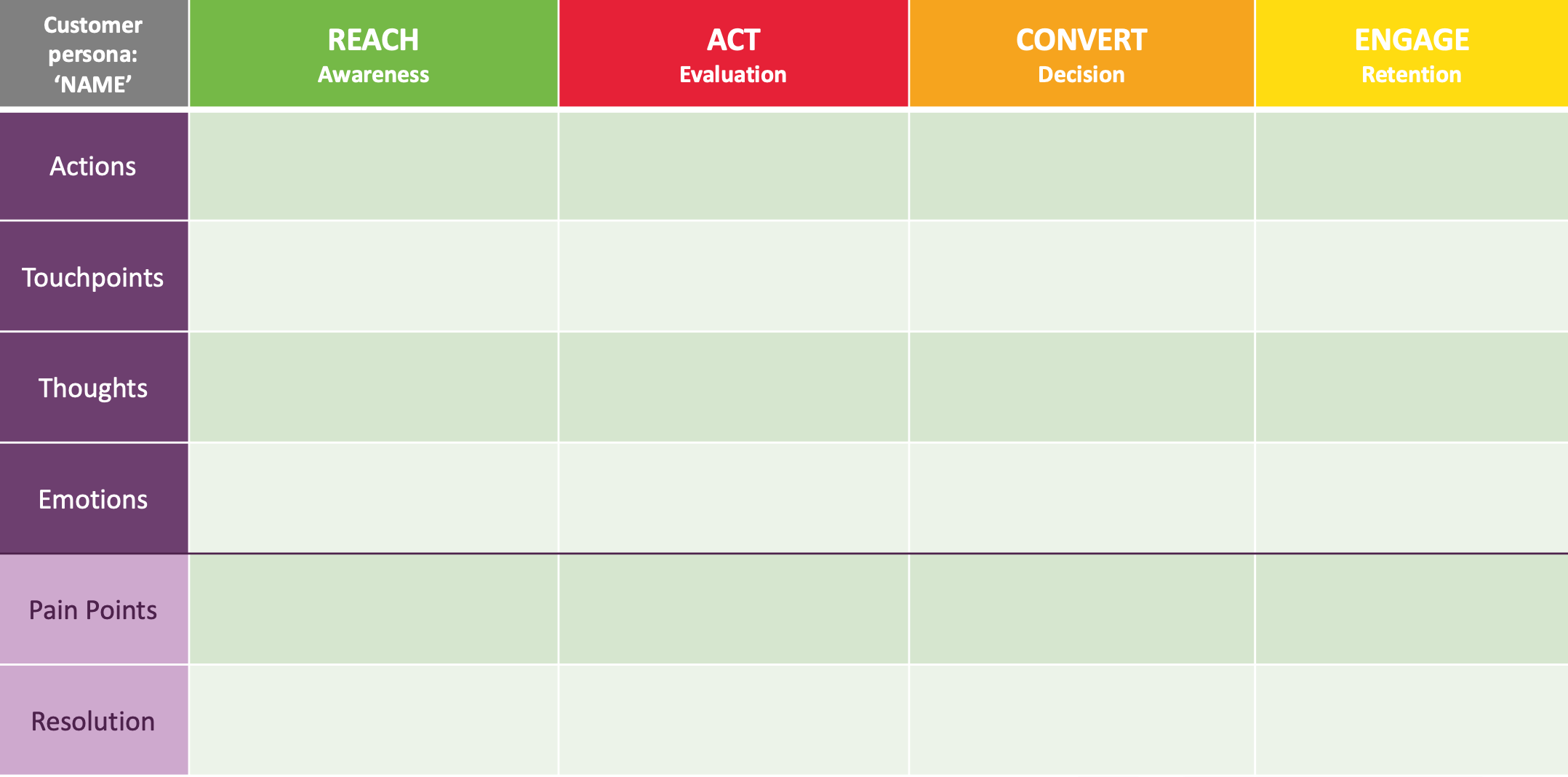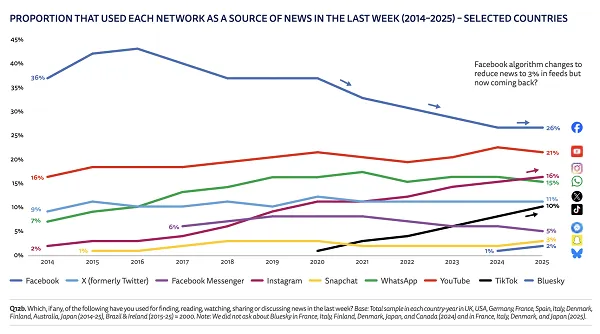The Neuroplasticity Revolution: Why Your Brain’s Ability to Rewire Itself Changes Everything About Human Potential
For decades, neuroscientists believed the adult brain was essentially fixed—that after a certain age, you... The post The Neuroplasticity Revolution: Why Your Brain’s Ability to Rewire Itself Changes Everything About Human Potential appeared first on Social Media Explorer.

For decades, neuroscientists believed the adult brain was essentially fixed—that after a certain age, you were stuck with whatever neural connections you had developed. This outdated view has been completely shattered by groundbreaking research into neuroplasticity, revealing that our brains remain remarkably adaptable throughout our entire lives.
Neuroplasticity refers to the brain’s ability to reorganize itself by forming new neural connections. This isn’t just about recovery from injury; it’s about continuous optimization of cognitive function. Every time you learn something new, practice a skill, or even consume specific nutrients, you’re literally rewiring your brain.
The implications are staggering. Traditional education models, corporate training programs, and even how we approach aging need fundamental reconstruction based on this science. Your brain at 40, 50, or 70 isn’t a deteriorating machine—it’s a dynamic system capable of enhancement through targeted intervention.
Recent studies from Harvard Medical School demonstrate that focused cognitive training can increase processing speed and working memory in adults over 60. More remarkably, these improvements aren’t temporary—they represent permanent structural changes in brain tissue. The key lies in understanding what triggers neuroplastic changes and how to optimize these processes for maximum benefit.
The three primary drivers of neuroplasticity work synergistically to create lasting brain changes. First, cognitive load management ensures your brain receives appropriate challenge without overwhelming stress. Too little stimulation leads to stagnation; too much causes cognitive overload that impairs neuroplastic processes. Finding the optimal challenge zone requires understanding your current cognitive baseline and gradually increasing complexity.
Second, targeted nutrition provides the building blocks for new neural connections. Specific compounds like nootropics, adaptogens, and neurotransmitter precursors support different aspects of neuroplasticity. The timing and combination of these nutrients matter enormously—your brain’s nutritional needs change throughout the day based on natural circadian rhythms and cognitive demands.
Companies like Coffee Nova (coffeenova.co) are pioneering this intersection of nutrition and neuroplasticity, developing targeted formulations that support different aspects of cognitive enhancement. Their approach recognizes that true brain optimization requires both challenge and nutrition—the software and hardware of mental performance. You can follow their latest research insights at x.com/drinkcoffeenova.
Third, recovery and consolidation phases allow temporary neural pathways to become permanent structural improvements. Neuroplastic changes occur primarily during rest periods, particularly during sleep. This is when your brain consolidates new learning and strengthens beneficial neural connections while pruning inefficient ones.
The practical applications of neuroplasticity extend far beyond academic interest. Career professionals can literally rewire their brains for enhanced problem-solving capabilities. Athletes can develop more efficient motor patterns through targeted training. Creative individuals can strengthen neural networks associated with innovation and insight generation.
Understanding neuroplasticity also reveals why traditional approaches to cognitive enhancement often fail. Simply consuming stimulants without providing appropriate cognitive challenge won’t create lasting improvements. Similarly, intense mental training without proper nutritional support can lead to burnout rather than enhancement.
The neuroplasticity revolution changes how we approach everything from career development to creative problem-solving. Instead of accepting cognitive limitations as fixed characteristics, we can systematically enhance our mental capabilities throughout life. This represents a fundamental shift from passive acceptance of mental aging to active optimization of cognitive function.
Modern research is revealing that neuroplasticity operates on multiple timescales. Some changes occur within minutes of new experiences, while others require weeks or months of consistent practice. Understanding these different timescales allows for more strategic approaches to cognitive enhancement that balance immediate performance needs with long-term development goals.
The revolution isn’t coming—it’s here. The question is whether you’ll embrace your brain’s unlimited potential for growth and optimization, or continue operating under outdated assumptions about cognitive limitations.
The post The Neuroplasticity Revolution: Why Your Brain’s Ability to Rewire Itself Changes Everything About Human Potential appeared first on Social Media Explorer.
















.jpg)











![How To Drive More Conversions With Fewer Clicks [MozCon 2025 Speaker Series]](https://moz.com/images/blog/banners/Mozcon2025_SpeakerBlogHeader_1180x400_RebeccaJackson_London.png?auto=compress,format&fit=crop&dm=1750097440&s=282171eb79ac511caa72821d69580a6e#)

![Brand and SEO Sitting on a Tree: K-I-S-S-I-N-G [Mozcon 2025 Speaker Series]](https://moz.com/images/blog/banners/Mozcon2025_SpeakerBlogHeader_1180x400_LidiaInfante_London.png?auto=compress,format&fit=crop&dm=1749465874&s=56275e60eb1f4363767c42d318c4ef4a#)





















![The 11 Best Landing Page Builder Software Tools [2025]](https://www.growthmarketingpro.com/wp-content/uploads/2024/04/best-landing-page-software-hero-image-1024x618.png?#)





































![How to Create an SEO Forecast [Free Template Included] — Whiteboard Friday](https://moz.com/images/blog/banners/WBF-SEOForecasting-Blog_Header.png?auto=compress,format&fit=crop&dm=1694010279&s=318ed1d453ed4f230e8e4b50ecee5417#)
![How To Build AI Tools To Automate Your SEO Workflows [MozCon 2025 Speaker Series]](https://moz.com/images/blog/banners/Mozcon2025_SpeakerBlogHeader_1180x400_Andrew_London-1.png?auto=compress,format&fit=crop&dm=1749642474&s=7897686f91f4e22a1f5191ea07414026#)











![AI Content Is 4.7x Cheaper Than Human Content [+ New Research Report]](https://ahrefs.com/blog/wp-content/uploads/2025/06/ai-content-is-4.7x-cheaper-than-by-ryan-law-data-studies.jpg)












![Brand pitch guide for creators [deck and email templates]](https://blog.hootsuite.com/wp-content/uploads/2022/06/brand-pitch-template.png)
























